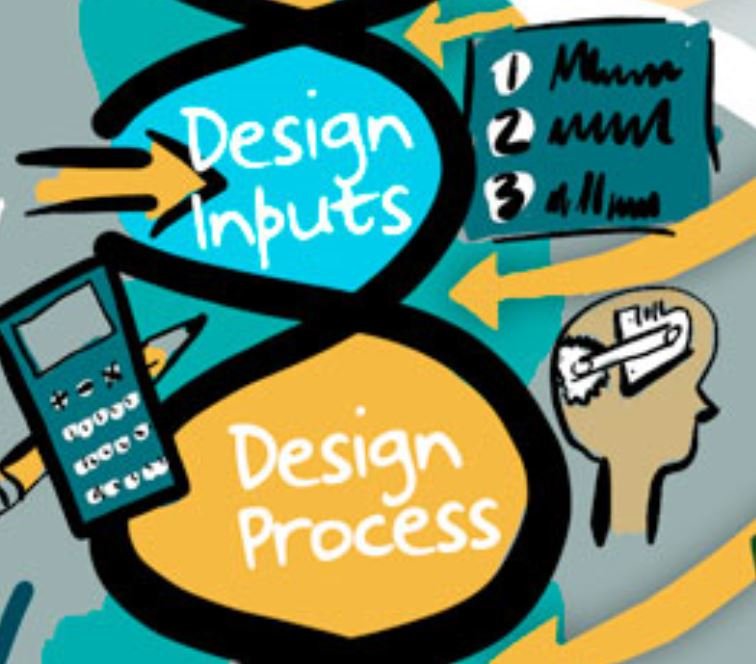Design Inputs
You’ve collected and assembled users’ needs in an earlier phase.
Now it’s time to ensure those needs can withstand a concise and comprehensive translation into engineering specifications that define and shape your new product.
This next phase marks the first point where regulation plays a role in how this work is executed.
Pitfall 1: Failure to consider the Regulatory landscape and compliance requirements
In the United States, the FDA influences the execution of this phase via 21 CFR 820 (many other countries have similar agencies and written rules for quality). The FDA’s 21 CFR 820 requires “…medical device manufacturers to establish and maintain procedures that are appropriate and address the intended use of the device….” including ALL users and patients that will interact with the product in any way.
To combat this pitfall, your firm and development team must first interpret 21 CFR 820, adapt it to your product and firm, and then show transparency and traceability to all those decisions. The bar you set up in this phase will be the first bar by which your firm, and your product, are judged by the FDA. (The second bar is how well you have performed in reference to the regulation and your procedures.)
Here are some safeguards:
1) A robust Quality Management System (QMS)
The QMS is crucial, as it governs how you maintain traceability and transparency to all the decisions your firm will make in the product’s lifespan. Per the CFR, the QMS must also have mechanisms for handling incomplete, ambiguous, or conflicting design requirements.
2) Competent Quality Engineering and Regulatory ability (working alongside commercial stakeholders)
Most companies cannot afford to get this part of the phase wrong. If you’re dealing with a product that falls outside of your team’s ability, seek consultation to nail down defendable answers to the questions that remain about your product’s place among the regulatory landscape. Ensure you’ve also addressed safeguards that appear in the next pitfall, below.
Pitfall 2: Failure to accurately translate user needs into design requirements.
Marketing has supplied a list of commercial needs and wants. Some of them are a bit fuzzy—which is expected. Your engineering team may need to be involved to refine your requirements into more technical terms that can be tested.
The degree to which this process is successful is attributable to building design inputs that are as exhaustive and as complete as possible.
In a sense, avoiding this pitfall comes down to a form of self-aware common sense.
Challenge your beliefs on the exhaustiveness of your initial user needs.
Consider Risk Management tools and Brainstorming exercises.
Be sure to capture all business needs, even things like color and appearance, if they are important to the result.
Together with Marketing & Sales, Regulatory, Quality, and Risk, test your answers and descriptions to the following
What is the product’s Intended use(s)?
What will be the product’s Indications for Use? (yes, this is different from the intended use!).
Have we collected a near-exhaustive consideration of all users and patients that will come directly in contact with this product?
Do we have clear user needs traceable to each user/patient?
How sure are we that we have captured everything important to the user, in terms of usability and ergonomics?
Consider reviewing competitive Labeling to trigger different areas for discussion.
If you can answer these questions, and have tested them with diverse stakeholders, and have documented them in alignment with your firm’s QMS, you’re ready to continue the Design Process!

